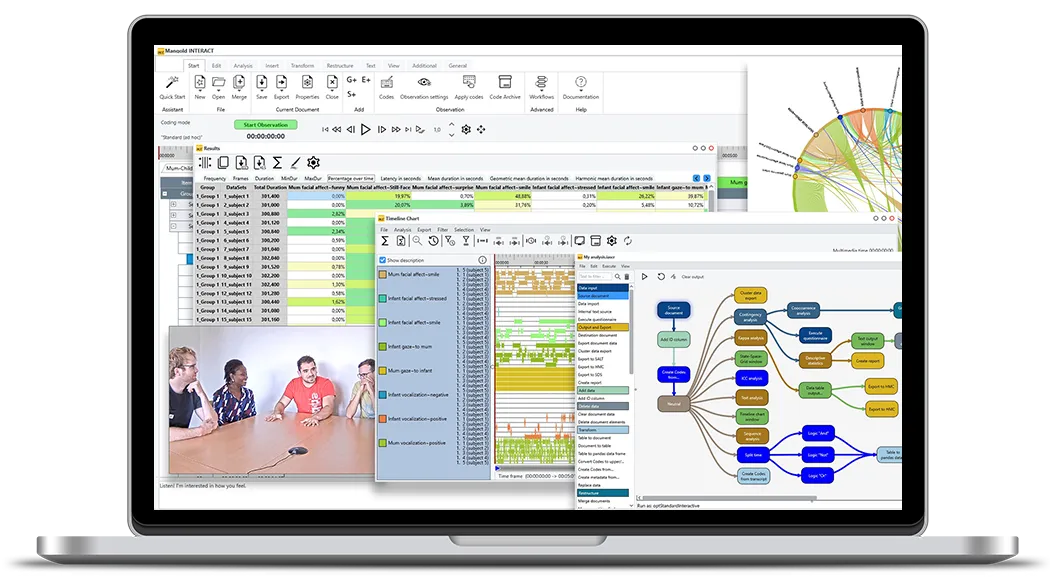Research · 2 min read
Toothbrushing Behavior - A Study with Mangold INTERACT
Discover how university researchers used video analysis with Mangold INTERACT software to study toothbrushing techniques and oral hygiene habits among young adults.

Tooth-brushing is easy, isn’t it? In fact, it is not! Even young adults use wrong techniques and brush their teeth very poorly. A study by the Universities of Giessen and Marburg (Germany) shows this clearly.
A random sample of 101 18-year-olds was included. In the dental clinic, the test persons were given the task to brush their teeth exactly like at home. Tooth-brush, tooth-paste and floss were provided. The brushing was captured on video recordings by the researchers, so they could perform a detailed analysis later on.
Mangold INTERACT was used for the in-depth video analysis, allowing the researchers to code all relevant parameters. The most important parameters were: tooth-brushing duration, type of brushing strokes, brushing patterns, flossed interproximal spaces and flossing techniques. The evaluation shows exactly which mouth areas the test person has brushed.
Without exception, all test persons used a technique which covers the main tooth surfaces (occlusal surface, outer surface, inner surface). Oral surfaces were brushed distinctly shorter than vestibular surfaces; 10 percent didn’t even brush oral surfaces. Participants brushed different areas of the mouth with different types of strokes, predominantly with horizontal and circular strokes.
Brushing movements frequently alternated between areas – not randomly but accumulated within a jaw, with a tendency to move from the right to the left. Half of the participants flossed, but only one performed sufficiently.
After instructions, all candidates improved their brushing performance but, without reminding and motivating, they fell back into old habits.
The researchers all agree: The study clearly shows where to begin strategies for improving oral hygiene. Continuous training and motivation by dentists and dental hygienists is essential.

Unlock the World of Observational Research with Mangold INTERACT
Carry out qualitative and quantitative video-based observational studies easily with INTERACT.
By seamlessly integrating video, audio, physiology, and live observations, INTERACT allows you to answer complex research questions quickly in a single software tool.
INTERACT: One Software for Your Entire Observational Research Workflow
From audio/video-based content-coding and transcription to analysis - INTERACT has you covered.
